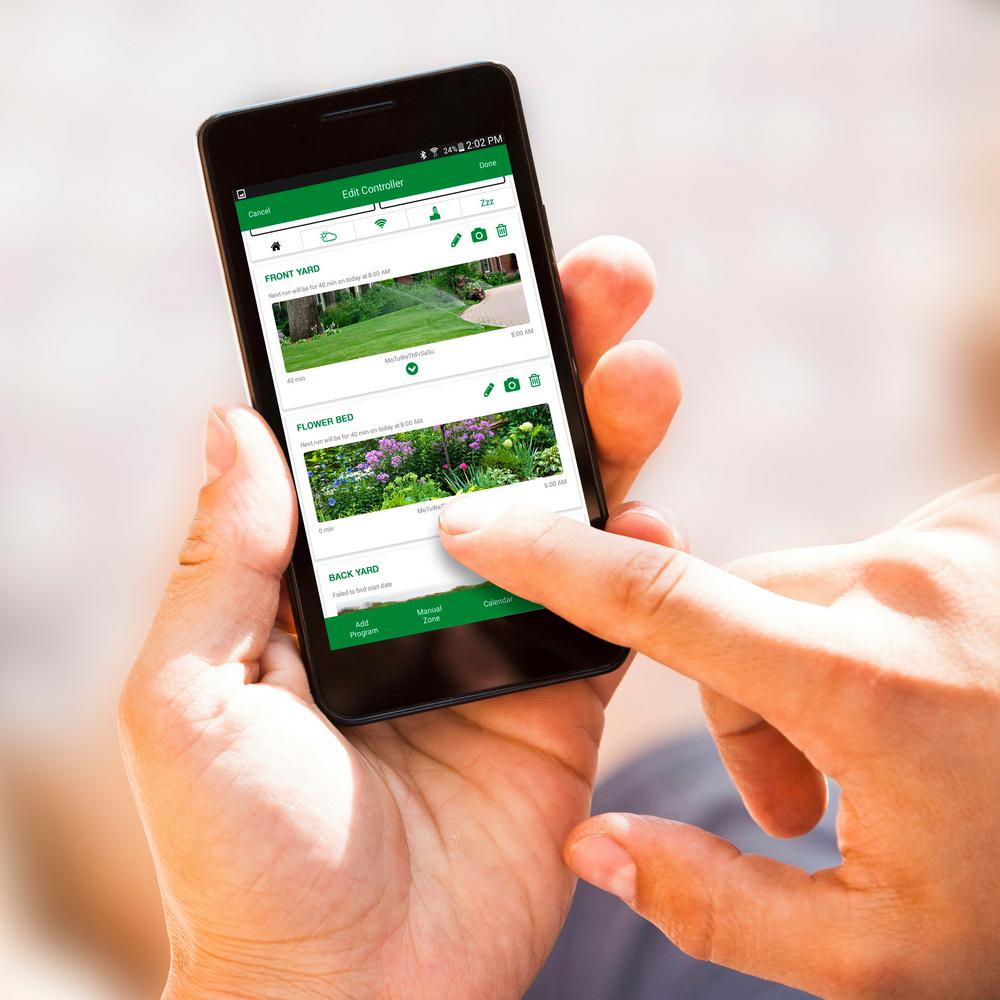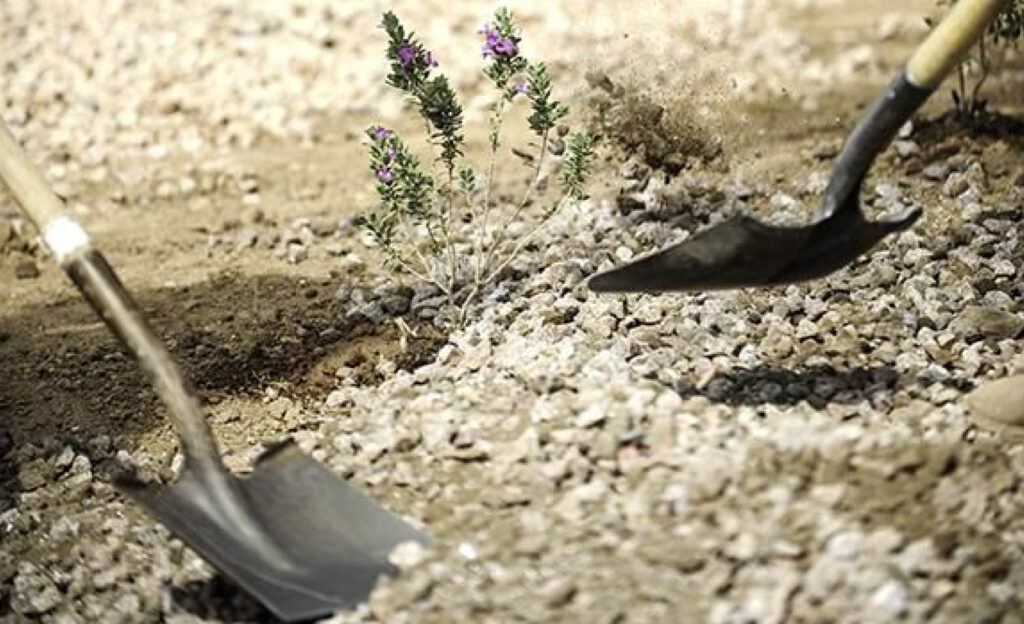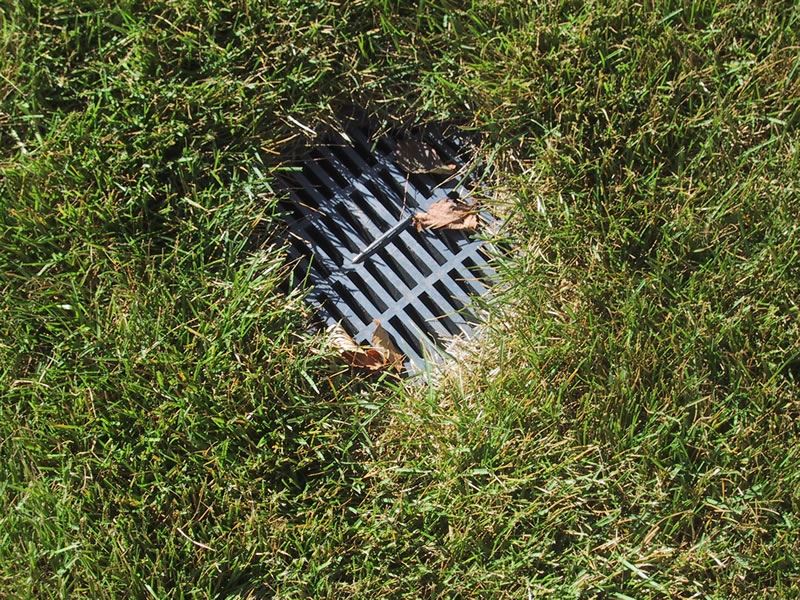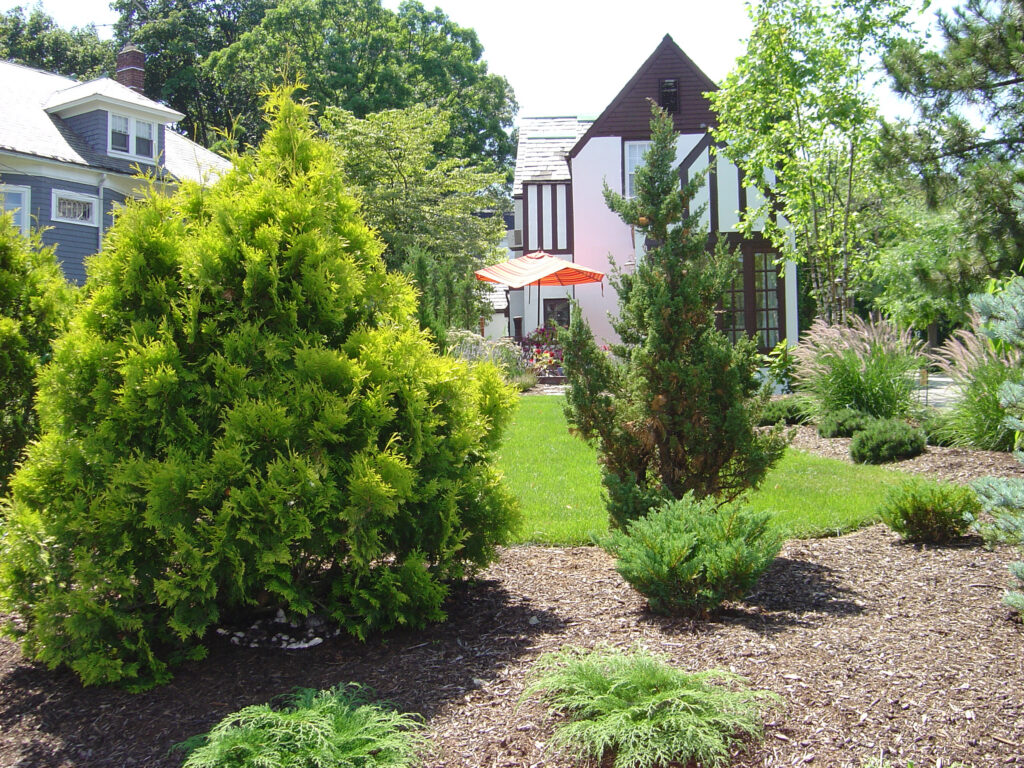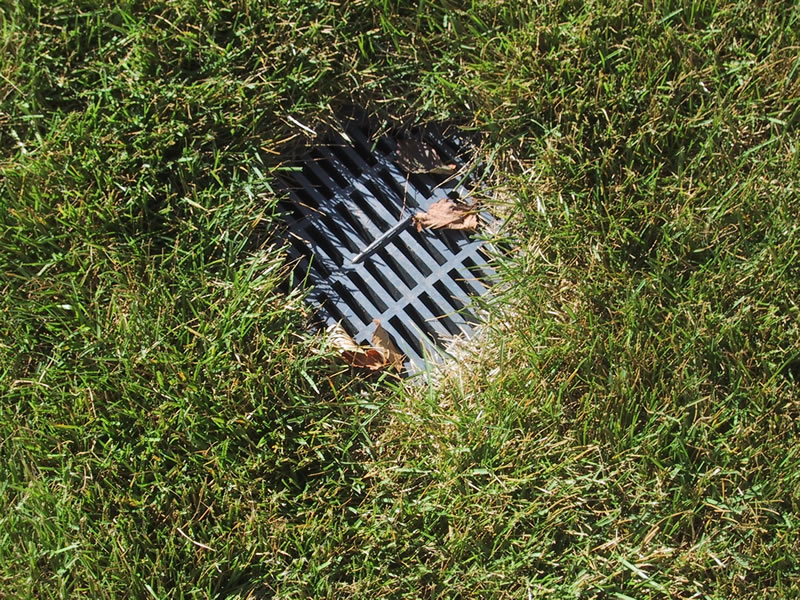Landscaping
Control Your Lawn Watering From the Palm of Your Hand With Our New Wi-Fi Controllers
Upgrade to an App Based Smart Irrigation Controller With the rise of the smart home, more and more homeowners are interested in being able to see and control their irrigation right from their phone. Some common benefits include: Run system manually from any location without accessing the control panel Water savings Automatically watering plant the…
Read MoreYou Can Help Conserve Water
A typical morning routine involves a shower, cup of water, and the flow of a faucet. Many of us don’t think twice about our water usage until we’re confronted with circumstances such as drought or a water crisis. Only 2.5% of the water on earth is fresh. As a result, we must actively protect this…
Read More4 Tips to Keep Your Landscaping Tools In Top Shape
With Springtime closing in quickly, it’s time to check if we have the tools ready to clean up that freeze damaged landscape! Here is some tips for our customers: While tools are essential to completing any job, tool maintenance can be easy to forget. However, regular maintenance can help preserve the integrity and effectiveness of…
Read MoreVIDEO: How To Fix Drainage Issues In Your Yard
Without the right drainage system, rainwater and landscape runoff can puddle in low spots in your yard, creating a muddy mess that can kill your grass and attract mosquitoes and other pesky insects. If left untreated, this drainage problem has the potential to grow, destroying your lawn and landscaping work and potentially leading to property…
Read MoreHow To Make Your Lawn, Trees And Shrubs More Drought Tolerant In Houston
Lawns Most lawns receive twice as much water as they require for a healthy appearance. The key to watering lawns is to apply the water infrequently, yet thoroughly. This creates a deep, well-rooted lawn that efficiently uses water stored in the soil. To know when to water the lawn, simply observe the grass. Wilting and…
Read MoreTop 5 Yard Drain Maintenance Tips
We do not recommend that you use chemicals to attempt to unclog yard drains or driveway drains as they typically drain directly into a waterway via the storm sewer without first treating the water at a sewage treatment facility. Fix or replace broken yard drain grates. Consider finer screen or grate to keep more dirt…
Read More